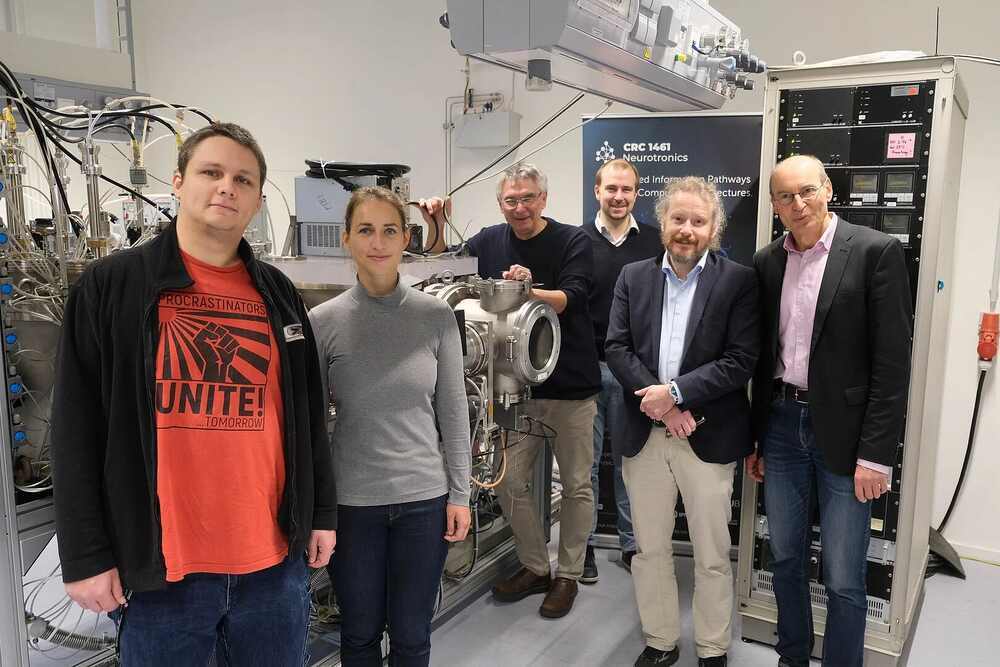Unlocking the potential of novel materials for biologically-inspired information processing

Researchers at Kiel University in Germany have discovered innovative mechanisms and materials that could transform the biologically inspired information processing field. In today's world of artificial intelligence (AI) and big data, computer usage is increasing with every search engine query and AI-generated text. However, the human brain is still significantly more energy-efficient compared to computers, despite developments like autonomous driving that contribute to the overall energy consumption of computers and data centers. To create more powerful and sustainable computer systems inspired by the brain, a team of researchers from Kiel University's Materials Science and Electrical Engineering departments have identified key requirements for suitable hardware. By creating dynamic materials that mimic biological nervous systems, they have opened up the possibility for a new method of information processing in electronic systems.
Prof Dr Hermann Kohlstedt, a nanoelectronics expert and spokesperson for Kiel University's Collaborative Research Centre 1461 Neurotronics, is looking to nature for inspiration in creating new electronic components and computer architectures. Unlike traditional chips, transistors, and processors, these components would function similarly to the ever-changing network of neurons and synapses in our brains. While supercomputers excel in certain tasks, such as artificial intelligence, they cannot match the ability of humans to handle a variety of everyday tasks, from driving a car to making music to telling stories at social gatherings. However, computers still rely on silicon technology. While there have been advancements in hardware development, networks of neurons and synapses still outperform computers in terms of connectivity and resilience, says materials scientist Dr Alexander Vahl. Further research into new materials and processes is necessary to effectively replicate the dynamic information processing found in biological systems.
To mimic the dynamic behavior of three-dimensional biological nervous systems, the research team focused on developing materials that can change and adapt. They identified seven essential principles that computer hardware must embody to function similarly to the brain. One crucial element is plasticity, which allows for learning and memory processes. While the materials developed by the researchers fulfill many of these principles, there is currently no material that fully embodies all of them.
Prof. Dr. Rainer Adelung, Professor of Functional Nanomaterials, believes that combining materials can lead to new possibilities in computer technology. With the need for more computing power rising, strategies such as miniaturization are no longer sufficient. The research team has developed special granular networks with unique behavior when stimulated by electrical signals using silver-gold nanoparticles. This balance between stability and conductivity mirrors the brain's optimal state known as criticality. In other experiments, zinc oxide nanoparticles and electrochemically formed metal filaments were used to alter network paths via electrical input from oscillators. Coupling these circuits resulted in synchronized signal deflections over time, similar to how electrical impulses exchange information between neurons during conscious sensory perception.

 How to resolve AdBlock issue?
How to resolve AdBlock issue?